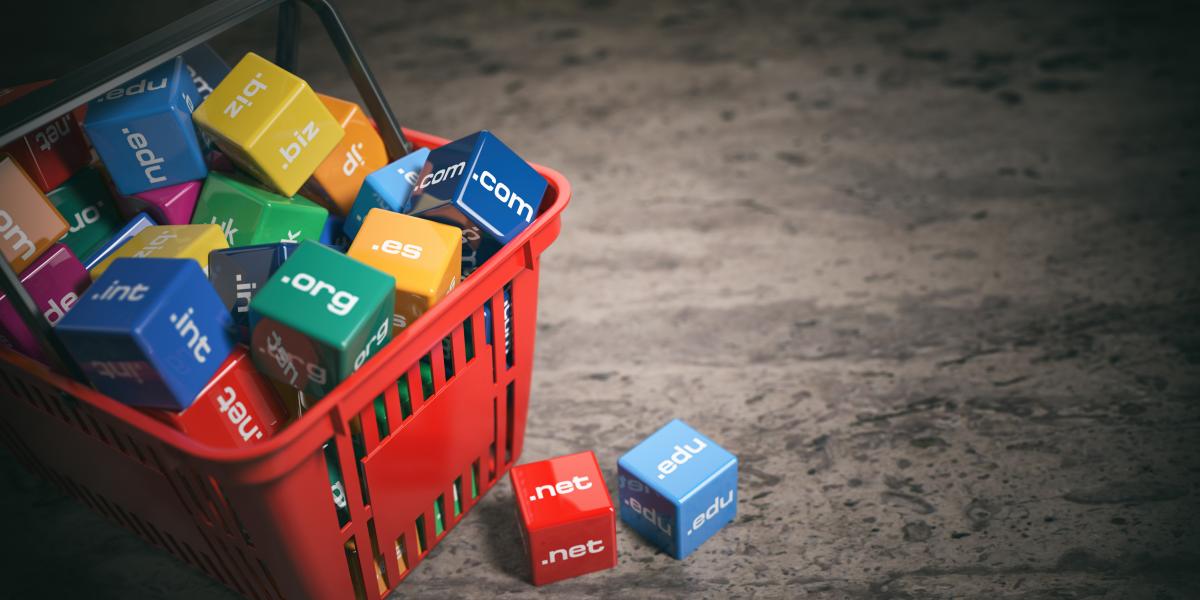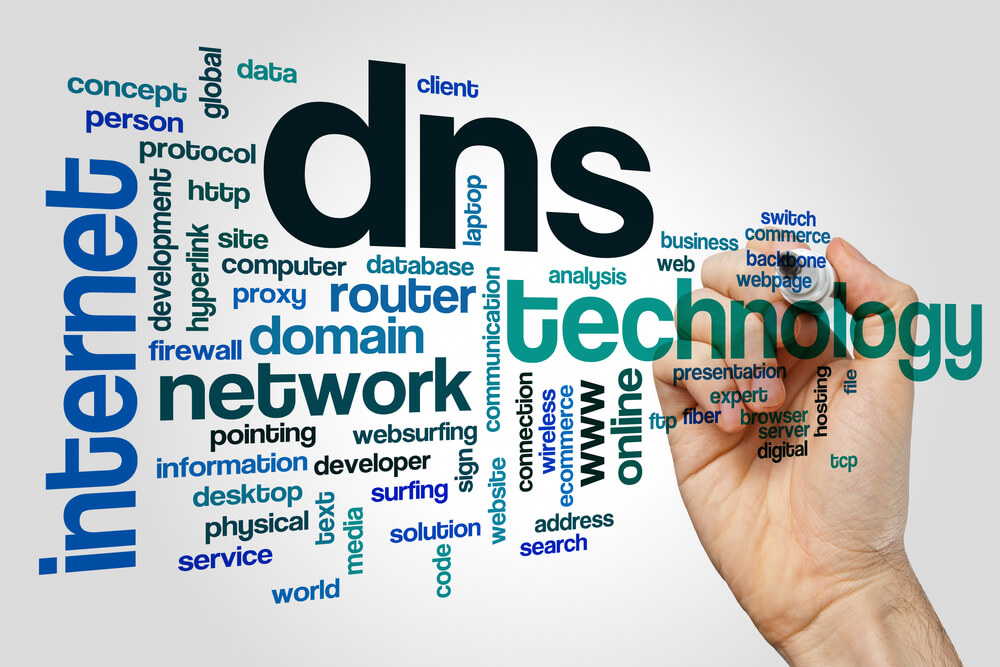Web Content Personalization through IP Geolocation API
Ranking higher in search engines is the ultimate goal of website owners and developers. Although ranking algorithms are quite complex, we know that user experience (UX) also plays a significant role in them. Google and other search engines mainly want users to be happy or at the very least, satisfied, which not only entails giving them what they are searching for but also ensuring they have a positive experience.
UX as a ranking factor was confirmed in 2017 when low-quality websites that were laden with ads dipped in search ranking. Web pages that don’t give users what they need despite high rankings in the past may see a decline if their content quality drops.










































